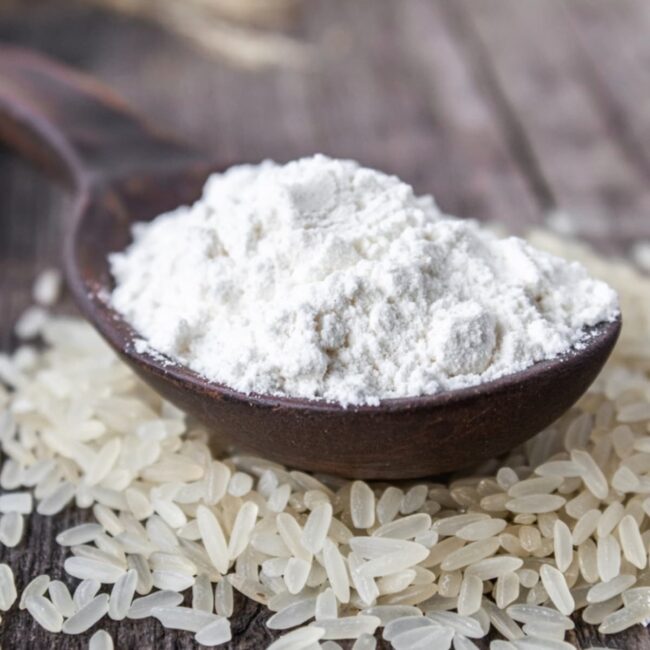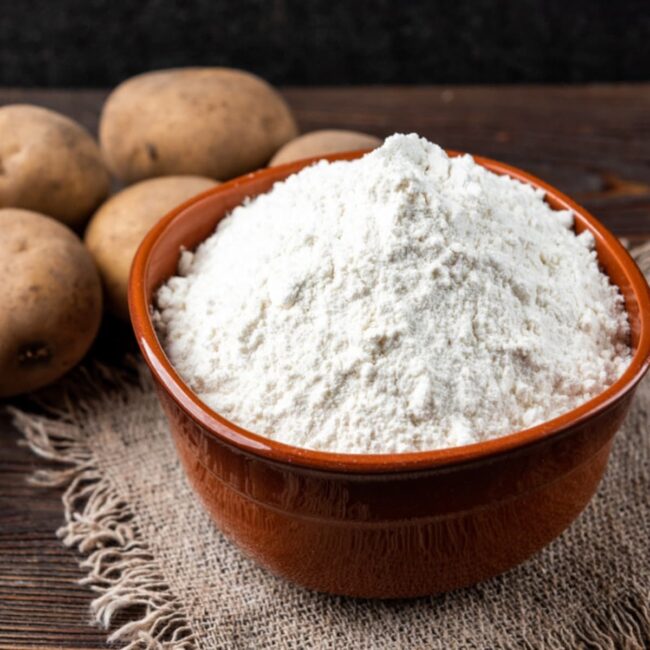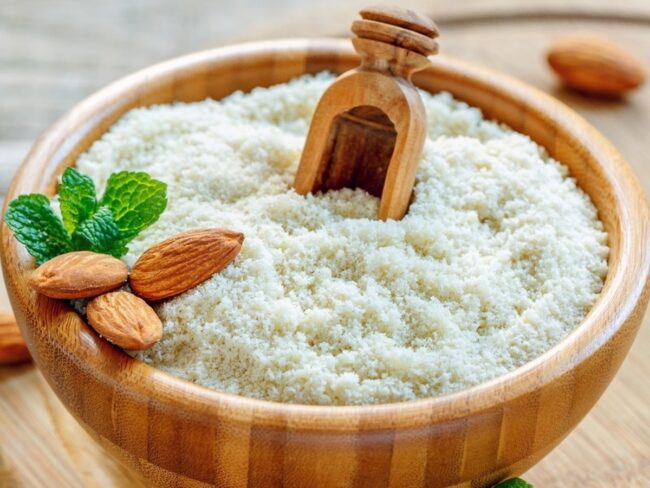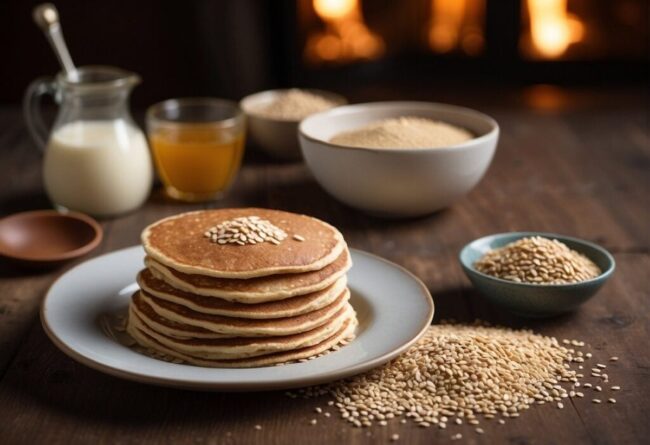6 Tasty Buckwheat Substitutes for Cooking
Buckwheat substitutes let you switch things up without losing the heartiness this grain brings.
Some choices have a similar nutty flavor, while others introduce a new texture or nutritional benefit.
Your pick depends on what works best for the recipe and your dietary needs.
What Is Buckwheat?
Buckwheat is a gluten-free grain known for its earthy, nutty flavor. It is commonly used in porridge, pancakes, and noodles.
Food Nutrition Facts
Buckwheat stands out as a nutritious option that surprises many with its unique classification.
Being gluten-free opens doors for those avoiding wheat, allowing them to explore diverse recipes.
Packed with high-quality protein and dietary fiber, this pseudocereal supports healthy digestion and muscle maintenance.
A treasure trove of minerals like magnesium, manganese, and copper enhances overall health while providing essential nutrients your body craves.
Antioxidants present in buckwheat promote wellness by fighting free radicals, making it a smart addition to any balanced diet.
Popular Cooking Uses
Buckwheat captivates with its distinct earthy flavor and subtle nuttiness, enriching a range of dishes.
Whole groats add depth to salads and stews, while also serving as a hearty porridge that warms the soul.
Flour derived from these groats opens doors to gluten-free pancakes, noodles, and baked treats like cakes and bread.
This ingredient excels not just in taste but also in texture and nutrition, making it indispensable for health-conscious cooks.
For those seeking delicious alternatives in their meals, buckwheat offers a satisfying journey through culinary creativity.
Gluten-Free Replacement Options
Gluten-free alternatives ensure delicious meals without gluten. They offer a variety of textures and flavors to suit different recipes.
Rice Flour Types
Rice flour serves as an essential ingredient for those avoiding gluten.
Brown rice flour stands out due to its rich nutrient profile, packed with protein and fiber.
White rice flour, in contrast, provides a lighter option that blends seamlessly with other flours for a refined texture.
This versatility allows bakers to experiment with various recipes while maintaining dietary preferences.
Discovering the unique qualities of each type can elevate your baking game significantly.
Alternatives to Starchy Flour
Potato flour introduces a rich, earthy flavor that enhances soups and stews while giving baked goods a delightful softness.
Its unique ability to retain moisture makes it an excellent choice for achieving tenderness in various recipes.
Cornmeal offers a robust texture and distinct taste, transforming ordinary dishes into something special.
This versatile ingredient shines in gluten-free recipes, providing the perfect base for crusts or breads with character.
Tapioca starch contributes to that sought-after crispiness in crusts while delivering chewy goodness in gluten-free breads and pizza dough; it's essential for those looking to elevate their culinary creations without sacrificing texture or flavor.
Flours from Grains
Oat flour brings a gentle flavor to your dishes, while its fiber content supports digestive health.
Quinoa flour stands out with its nutty essence, delivering both protein and fiber for a nutritious boost.
Millet flour adds a light sweetness that complements various recipes and enhances protein intake.
Sorghum flour is packed with nutrients and antioxidants, making it an excellent choice when mixed with other gluten-free options.
These flours not only diversify flavors in your cooking but also enrich meals with their unique nutritional profiles.
Nut and Seed Powders
Almond flour offers a delightful moisture that enhances baked goods while providing a protein boost.
Coconut flour stands out for its high fiber content and healthy fats, making it an excellent choice for gluten-free recipes seeking added nutrition.
Amaranth flour introduces an earthy flavor profile, rich in both protein and fiber, perfect for blending into various gluten-free mixes.
Each of these flours brings unique attributes to the table, ensuring versatility in cooking and baking endeavors.
Choosing the right one can elevate your culinary creations to new heights while catering to specific dietary needs.
Non-Gluten-Free Swap Options
Non-gluten-free alternatives provide classic textures and flavors for traditional recipes. They work well for those without dietary restrictions.
Wheat and Its Products
Whole wheat flour stands out with its hearty flavor and substantial texture, making it a favorite for those who enjoy robust baked goods.
This option brings the full benefits of the wheat kernel, enhancing recipes like breads and pancakes with its rich nuttiness.
Spelt flour offers a lighter alternative, producing softer treats that carry a hint of sweetness and nutty undertones.
Perfect for various baked delights, spelt elevates flavors without overwhelming them.
Semolina adds versatility to pasta dishes while delivering that satisfying chewiness many love in their meals; it works beautifully in recipes needing extra firmness too.
Different Grain Flours
Barley flour offers a subtly sweet taste and a texture reminiscent of cake, making it an excellent alternative for those looking to replace buckwheat flour in their recipes.
This flour shines in biscuits and cookies, providing a unique flavor profile that enhances baked goods.
Rye flour brings its own distinct character to the table with its dense consistency and rich flavor, perfect for hearty breads.
Mixing rye with other flours can balance its heaviness while still delivering depth to your creations.
Adjusting liquid ingredients is essential since different flours absorb moisture variably; this small tweak ensures your baked items turn out just right every time you experiment in the kitchen.
Factors to Consider when Choosing Substitutes
Allergies and sensitivities often dictate food choices, especially when gluten is involved.
Quinoa and amaranth serve as excellent alternatives for those avoiding gluten, offering a nutritious base for various dishes.
The nutty flavor of buckwheat can be complemented by millet or quinoa, enhancing the overall taste experience without overpowering other ingredients.
Nutritional considerations are crucial; both quinoa and amaranth deliver significant protein, fiber, and essential vitamins to support a balanced diet.
For texture preferences in recipes, millet provides lightness while kamut lends a satisfying chewiness that many appreciate in hearty meals or baked treats.
Creative Ways to Use Substitutes
Using creative substitutes allows for diverse flavors and textures in recipes. Understanding ingredient swaps ensures the best results.
Flours for Thickening
Buckwheat flour serves as an excellent thickening agent in various recipes, but alternatives can be just as effective.
Oat flour brings a gentle flavor, enhancing sauces and soups while acting as a reliable binding element in doughs.
Rice flour stands out with its neutral taste, perfect for achieving smooth textures in Asian cuisine.
Gradual incorporation of these flours is essential to prevent clumping; stirring continuously ensures even distribution throughout your dish.
By choosing the right substitute, you can maintain the desired consistency and flavor profile without missing out on quality results.
Variety of Food Ideas
Buckwheat’s earthy flavor offers a distinct taste that can transform any dish.
Whole wheat spaghetti serves as a fantastic alternative in Japanese soba, allowing for rich broths to shine through.
For those seeking gluten-free pasta options, quinoa or amaranth introduces a delightful texture and mild nuttiness reminiscent of traditional recipes.
Experimentation leads to exciting discoveries in the kitchen, so don't hesitate to try these substitutions.
Exploring new flavors enhances your culinary journey and keeps meals fresh and interesting.
Shopping for Bay Leaves
Local markets serve as excellent spots for finding unique substitutes for buckwheat.
These places often feature fresher options like millet and organic cornmeal, which may not be available in larger stores.
Whole food stores typically offer a wide range of health-focused choices, including gluten-free grains such as quinoa and amaranth.
Supermarkets maintain a steady supply of common alternatives like oats and brown rice while also carrying niche items that may surprise you.
Price comparison is crucial; though buckwheat is reasonably priced, some alternatives could be more costly due to branding or organic labeling.
Cheaper options can include cornmeal, oats, or brown rice when purchased in bulk from local vendors who often have lower prices than supermarkets.






